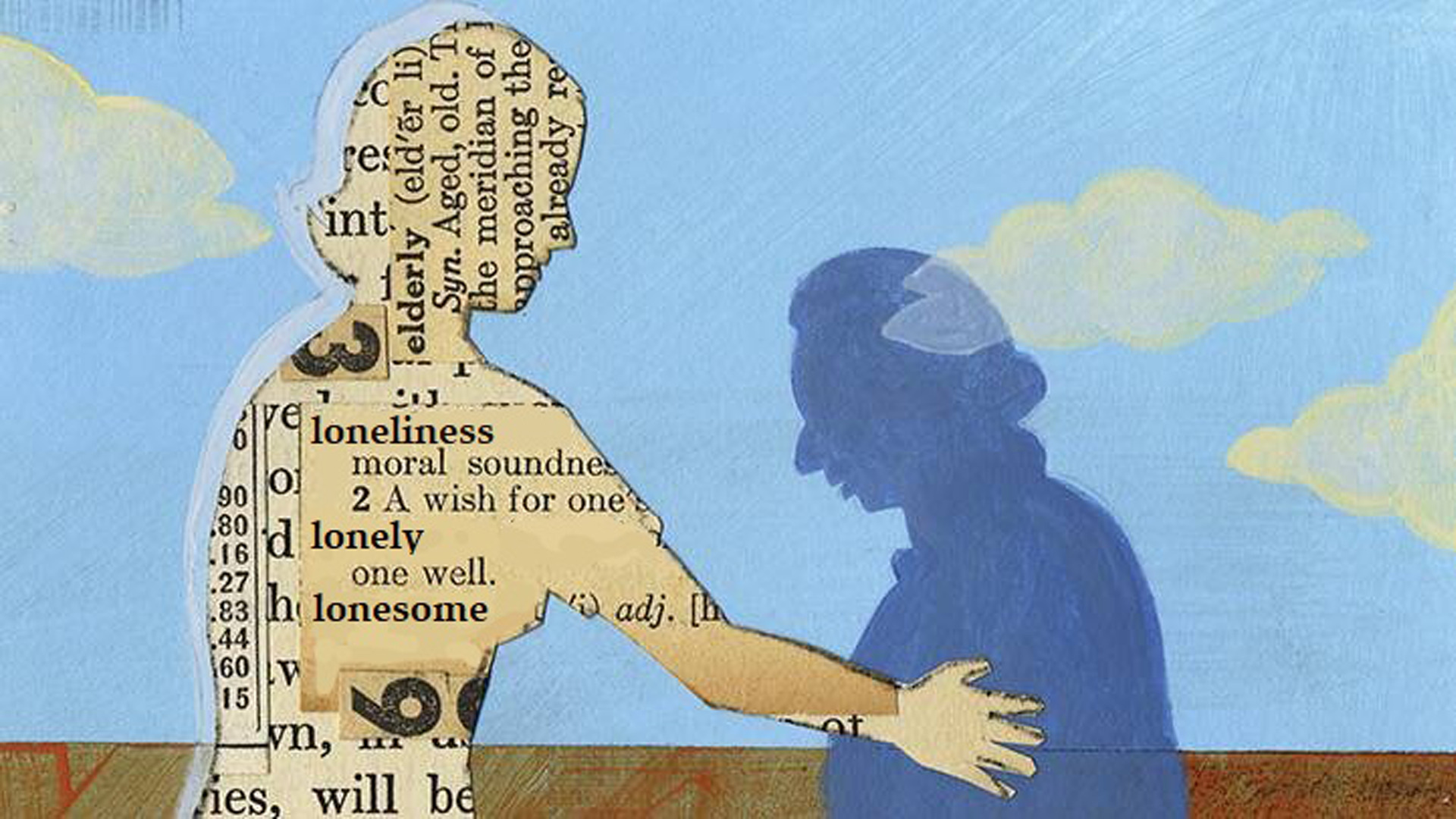Explaining what your research is about in a clear and concise way isn’t easy, especially if your audience has little or no prior knowledge of the subject. That’s why UAntwerp organises PRESS>SPEAK, an annual writing and presenting competition for young researchers taking their first steps in science communication. Every year, the winners of the writing contest are featured on the Pintra blog.
For the PRESS>SPEAK writing competition, researchers were instructed to explain their research in a text of 2000 characters or less. They also had to come up with a short and pithy title, a striking subtitle, and a picture illustrating the difference their research aims to make in society. The third and last winning text, written in Dutch by Haike Delafontaine (Faculty of Social Sciences), is about loneliness among the elderly. Below is the English translation.
Loneliness among the elderly: fighting it by shining a light on it
Nowadays there’s a lot of talk about isolation and loneliness. Yet no matter your age, it’s not easy to admit that you’re lonely. We think it’s only normal that elderly people are lonely. In my research, I search for the human stories behind the statistics, hoping to do away with the stereotypical view of the solitary senior citizen.
Growing old alone seems to be the norm today – an inevitable fate. This is why the elderly often have difficulty expressing their feelings of loneliness. In a society that values independence, this is an even more sensitive subject. Senior citizens want to avoid confirming the stereotype that they’re slowly wasting away. In addition, the context makes it virtually impossible for them to draw attention to the problem. If ‘lonely’ and ‘old’ go hand in hand, to the extent that they’re almost synonyms, then it must be normal. When senior citizens no longer experience loneliness as a problem in its own right, talking about it seems unnecessary.
In the past, research into loneliness mainly focused on the development of reliable questionnaires to measure social isolation. These have helped us to better understand the risk factors, protective factors and consequences of loneliness, to help improve prevention. However, the dominant focus on causes, effects and correlations has a downside. The core of the solitary experience, the meaning given to it by those living it, was overshadowed and forgotten.
‘Back to basics’
According to the literature, it’s more difficult to measure loneliness using questionnaires than was initially thought. Loneliness doesn’t come about abruptly; it’s a reaction to a gradual process. When social interactions become increasingly sparse, one becomes more and more convinced that important others are missing in one’s life. It’s difficult to pinpoint the exact moment when one becomes lonely. That means it’s not always easy to answer a series of questions about loneliness with a simple yes or no.
Qualitative research, such as mine, is desperately needed. As a researcher, the more you strive to immerse yourself fully in the thoughts of the people you’re talking to, the better you’ll be able to understand what loneliness truly means to them. For my research, I’ll be sitting down with senior citizens to talk about the way they perceive loneliness, in order to paint a more accurate picture of the problem. By raising awareness, we can show that ‘old’ and ‘lonely’ don’t have to be synonyms. This creates opportunities to work on solutions tailored to every individual.



